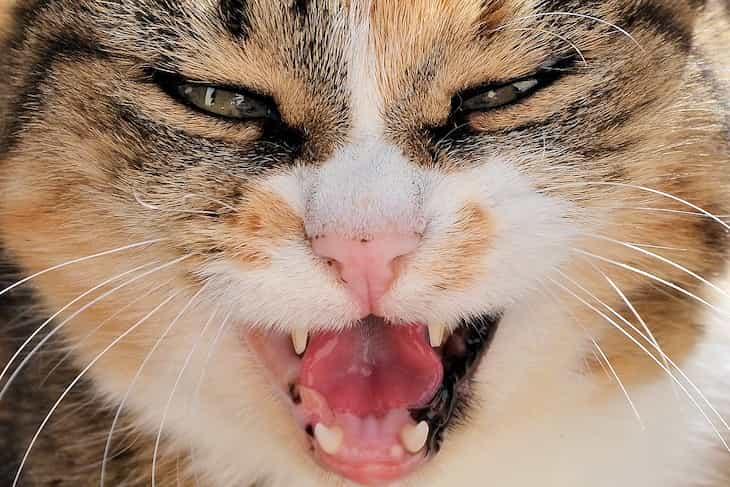Pet owner's tips: Teaching your cat not to bite
Biting isn't always about aggression – lots of pets just play this way, and sometimes they don't know the limits.
Meanwhile, if your cat's biting becomes a problem, then it's time to do something about it.
Here are a few tips on how to make your cat stop.
Provide Appropriate Toys
Offer a variety of toys designed for biting and chewing, such as soft plush toys or rubber chew toys.
Use interactive toys like feather wands to engage your cat in play without involving your hands.

Observe Body Language
Pay attention to your cat's body language, especially signs of excitement or aggression.
If you notice escalating behavior, pause the play session to prevent biting incidents.
Say "No" Calmly
Use a calm and firm "No" when your cat bites, to associate the behavior with a negative response.
Avoid shouting or displaying anger, as this may frighten your cat.
Timeouts for Undesirable Behavior
If your cat continues to bite, implement short timeouts by ceasing interaction and play.
This helps your cat understand that biting leads to a loss of attention.
Positive Reinforcement for Good Behavior
Reward your cat with treats or affection when they play without biting.
Positive reinforcement helps strengthen the association between good behavior and rewards.
Avoid Physical Punishment
Refrain from physically punishing your cat as it can lead to fear and aggression.
Focus on positive reinforcement to encourage desired behavior.
Regular Play Sessions
Engage your cat in regular play sessions to release excess energy.
Use toys that encourage physical activity to prevent boredom-related biting.
Environmental Enrichment
Create an enriched environment with scratching posts, climbing structures, and hiding spots.
A stimulated environment reduces stress and minimizes unwanted behaviors.
Be Patient and Consistent
Changing behavior takes time, so remain patient and consistent in your approach.
Consistency in reinforcement and reactions is key to helping your cat learn appropriate behavior.
Previously, we talked about cocker spaniels.

